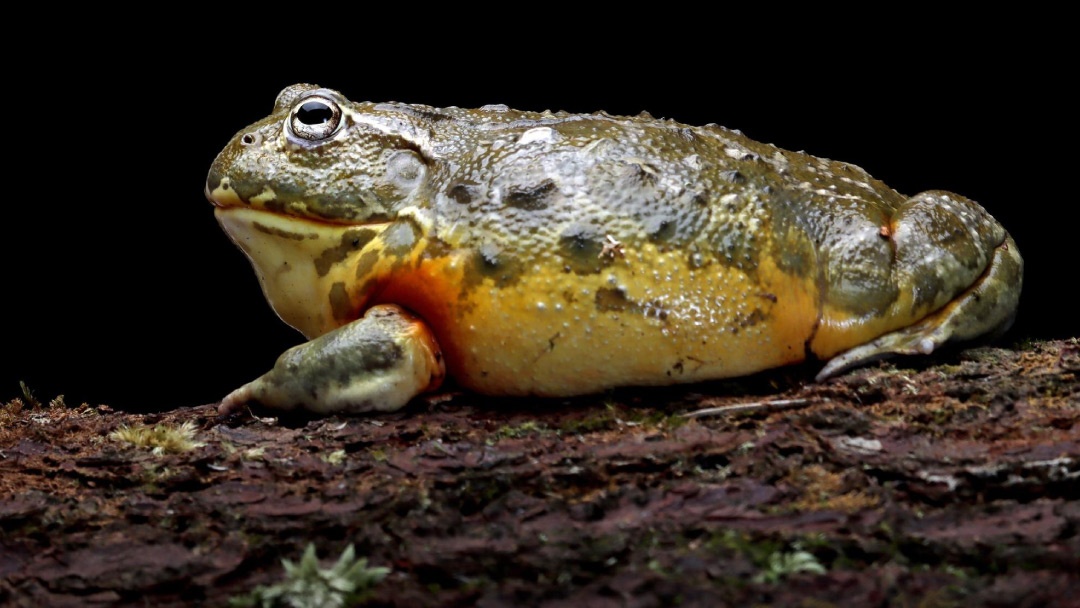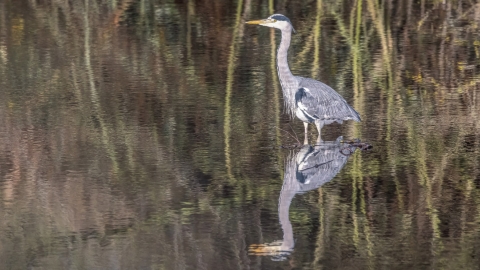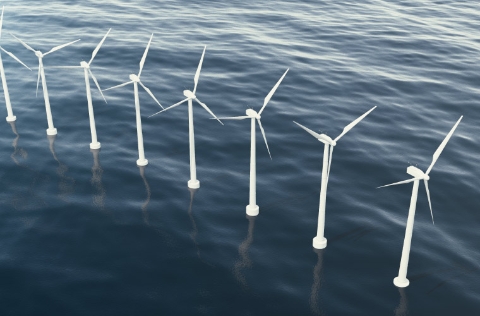
Researchers at the Institute of Subtropical Agriculture, Chinese Academy of Sciences, have developed a multi-stage surface flow constructed wetland that significantly improves the treatment of aquaculture wastewater, according to a recent study published in the journal Microorganisms. This pioneering approach not only addresses environmental concerns but also enhances water quality more effectively than traditional methods.
The study focused on a bullfrog breeding facility in Hunan Province, China, which is a notable contributor to local aquaculture wastewater. Traditional wastewater treatment method often fall short in handling the complex mix of nutrient and organic materials produced by such facilities. However, the newly developed multi-stage surface flow constructed wetland system utilizes a combination of different aquatic plants and biofiltration techniques to remove over 60% of pollutant consistently.
The system incorporates various aquatic plants each playing a crucial role in the biofiltration process, significantly reducing nitrogen, phosphorus, and other pollutants. The system’s design mimics natural wetland processes, enhancing the synergistic relationship between the plants and epiphytic biofilms-microbial layers that naturally form on surfaces in water.
The study highlighted that the effectiveness of the wetland varies with the season, impacting how well different pollutants are treated throughout the year. For instance, the removal efficiency of phosphorous was probably higher during periods of active plant growth.
The implications of this study are far-reaching, offering a sustainable and efficient solution to the problem of aquaculture waste management. By mimicking natural ecological processes, the surface flow constructed wetland system not only cleans wastewater but also supports biodiversity.
As aquaculture continues to expand globally, the need for innovative and effective wastewater treatment solutions become increasingly critical. The success of this system provides a promising model that could be adapted in various regions and for different types of aquaculture operations, paving the way for environmentally sustainable practices in the industry.



